The appeal of a tune and its ability to cross genres

Ritha Rajan talking about varnamettu at The Music Academy’s academic sessions
| Photo Credit: K. Pichumani
The first lec-dem of Day 2, titled ‘Encapsulating a Raga: Varnamettu’, was presented by Sangita Kala Acharya Ritha Rajan. She began by explaining that varnamettu refers to a tune that captures the essential features of a raga. The earliest recorded usage of the term mettu dates back to 1834, where it meant a song’s tune, as noted by J.P. Rottler. In Hindustani music, the equivalent of varnamettu is called bandish or dhun. Ritha Rajan referenced earlier studies and articles on this topic by scholars such as N. Ramanathan, K. Rukmini, and T.M. Krishna.
She illustrated how traditional folk tunes naturally evolved into art music, citing examples like ‘Villnai otta’ and ‘Valli Kannavan’, with recorded clips of renditions by V.V. Sadagopan and D.K. Pattammal respectively. Certain ragas such as Punnagavarali, Nadanamakriya, and Yadukula Kamboji were highlighted as other prominent examples where the varnamettu has been taken from folk into Carnatic music. A fascinating observation was made about Punnagavarali, where kakali nishadam is prominent in folk tunes but completely absent in Carnatic renditions.
Ritha Rajan elaborated on how important melodic phrases in folk music transitioned into classical compositions. For instance, the ‘srgrrm’ phrase from Nadanamakriya appears in Kshetrayya’s padam ‘Payyada‘. She also noted that varnamettu avoids the use of prati madhyamam, even in ragas such as Sindhubhairav. She demonstrated its adaptability with examples from other genres, such as ‘Vatapi Ganapathim’ in Hamsadhwani, which Ustad Aman Ali Khan composed and adapted into the bandish ‘Lagi lagana pati sakhi sang‘, which Salil Chowdhury also used in the Hindi film song ‘Ja tose nahin bolun‘. Ritha also drew attention to Syama Sastri’s compositions such as ‘Himadri suthe’ and ‘Birana vara’, which have the same starting line. Patnam Subramania Iyer’s ‘Manasu karuga’ was adapted into the famous Marathi folk song ‘Yuvati mana‘. She further analysed Surutti, where the varnamettu begins on the tara sthayi shadjam and transitions to a relaxed madhyamam in the charanam, as seen in ‘Bhajana parulake’ and ‘Verevvare gathi’. In Kamboji, compositions such as ‘O Rangasayi’and ‘Konniyadina napai’ demonstrate a relaxed treatment of dhaivatham in the charanam.
Ritha concluded by showing how varnamettu transcends genres, citing S.D. Burman’s adaptation of the Bengali song ‘Aruno kanti ke go‘ into the famous Hindi film song ‘Puchho na kaise’. Similarly, V.P.K. Sundaram has also used Tyagaraja’s compositions in Christian devotional songs. Ritha emphasised that film adaptations should be embraced, as long as they serve the aesthetic beauty of music.
T.M. Krishna in his closing remark noted that varnamettu, as a core structure of a raga, should be prioritised in teaching over arohanam and avarohanam, which fail to capture a raga’s essence. He also suggested publishing a book exclusively on varnamettu and pointed out its complexity, using the example of multiple swarajathis in Huseni. He observed that Muthuswami Dikshitar did not follow the varnamettu tradition, with the exception of his nottuswarams, such as ‘Santhatham pahimam’, which drew directly from the U.K.’s national anthem ‘God Save the King’.

V. Premlatha speaking at the academic session
| Photo Credit:
K. Pichumani
The second lecture demonstration of the day was presented by V. Premalatha on the topic ‘Raga Descriptions in the Brihaddeshi of Matanga.’
Premalatha began by introducing the manuscript to the audience. She explained that this text is the first known Sanskrit manuscript to discuss ragas, written between the 6th and 9th centuries. The currently available version of the Brihaddeshi, which was published in 1928, comes from a single manuscript discovered in Travancore. However, it is incomplete. The manuscript reveals a very different system of tuning than what we are familiar with today, where the position of the tonic (sa) is fixed. In Matanga’s time, the tonic was variable, and the swaras (notes) were spread across 22 sruti positions. The key to understanding this system lies in the shadja grama and madhyama grama, which were essential for determining the intervals between notes, in line with the foundational structures outlined in the Natya Shastra.
Premalatha went on to describe how the Brihaddeshi defines a raga as “that which delights the minds of the people” and how it is characterised by specific swaras and varna (musical phrases). This text serves as a crucial bridge between the Gandharva tradition described by Bharata in the Natya Shastra and the emerging desi tradition. Matanga identifies 18 jatis, or factors that determine the lakshanas (attributes) of a raga, and emphasises the importance of the shadja and madhyamagramas in the derivation of ragas. He also introduces the concept of giti, or styles of rendering a raga, which are categorised into seven types: Shuddha giti, Gaudi giti, Raga giti, Sadharita, Bhasha, Vibhasha, and Bhinna.
In conclusion, the expert committee, along with Krishna, emphasised the need to understand historical texts in their own terms, detached from contemporary interpretations and frameworks. They further noted that ragas are ultimately characterised by the way they are sung rather than by how they are theorised. Matanga, while deeply rooted in the Karnataka region ( not to be equated to the modern state), also encapsulated the musical traditions of the broader Deccan region, offering invaluable insights into the evolution of Indian music.
Published – December 17, 2024 06:51 pm IST
Visit: Valley Vision News





